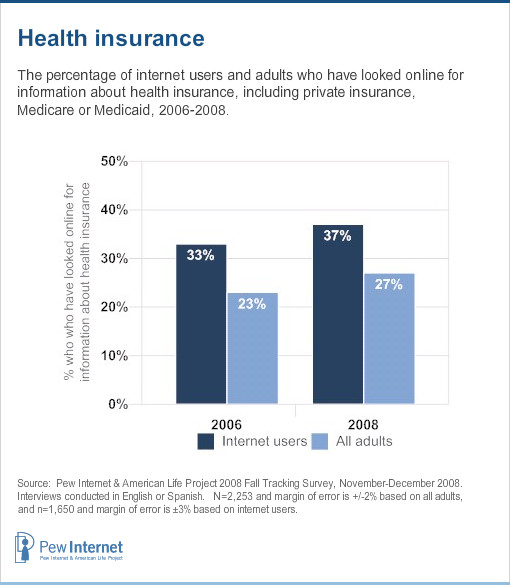
It is expected the volume will be used widely in WBI Flagship course offerings to Bank client countries around the world. Acknowledgement Note: an acknowledgement to be drafted later would explain that this volume evolved as part of the research agenda in support of the Flagship Learning Program on Health Sector Reform & Sustainable Financing, jointly developed by the World Bank Institute and faculty from the Harvard School of Public Health. It is hoped that by contributing to awareness of these issues that this volume will assist policy makers in developing nations to chose the right things, and then, once chosen, to do them right. It clearly holds potential to make a positive contribution, but success comes slowly because many potential drawbacks and risks lie ahead. Perhaps the most important message of this volume is that social health insurance should not be seen as a magic bullet that will solve the woes of health care financing and provision in developing countries. The authors conclude by presenting lessons learned and policy implications. Accordingly, the case studies provide a rich roadmap of the design options, aims and intentions, mid-course revisions, successes and pitfalls involved in SHI. This sets the stage for five case studies on Ghana, Kenya, Philippines, Columbia and Thailand that shed light on the trials and tribulations of implementing SHI in contexts far less hospitable than in relatively rich countries.

The authors begin with a review of design and implementation issues that challenge SHI in low and middle income countries. This is precisely the reason for this book. In contrast, evidence on the design and implementation of SHI in developing countries is hard to come by.

Such countries can be sharply distinguished from low income, developing countries in terms of relatively high per capita expenditures on health, large urban/formal sectors, relatively low dependency ratios, ample administrative know-how, and diversified provider markets that can serve and satisfy clients. Yet, evidence and how-to- guides on the aims, design and implementation of social health insurance (SHI) derives largely from relatively rich, developed countries.

1 Social Health Insurance for Developing Nations Paul Shaw The World Bank In collaboration with: Andrew Fraker Piya Hanvoravongchai Matthew Jowett Diana Pinto Sreekanth Ramachandra January, 2006 A monograph jointly sponsored by the World Bank Institute and Harvard University for the teaching of social health insurance.Ģ Draft Forward In dozens of developing countries, special technical groups are busy advising Ministers of Health, Ministers of Finance, Vice-Presidents and Presidents on the feasibility of Social Health Insurance (SHI) as a way of mobilizing revenue for health, reforming health sector performance, and providing universal coverage.


 0 kommentar(er)
0 kommentar(er)
